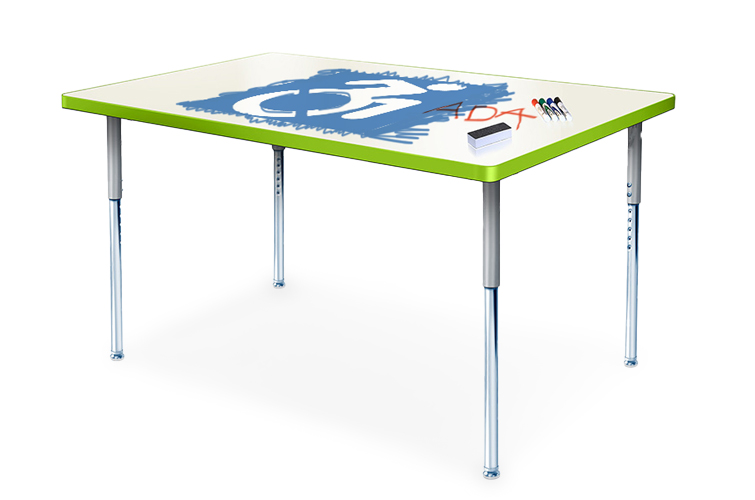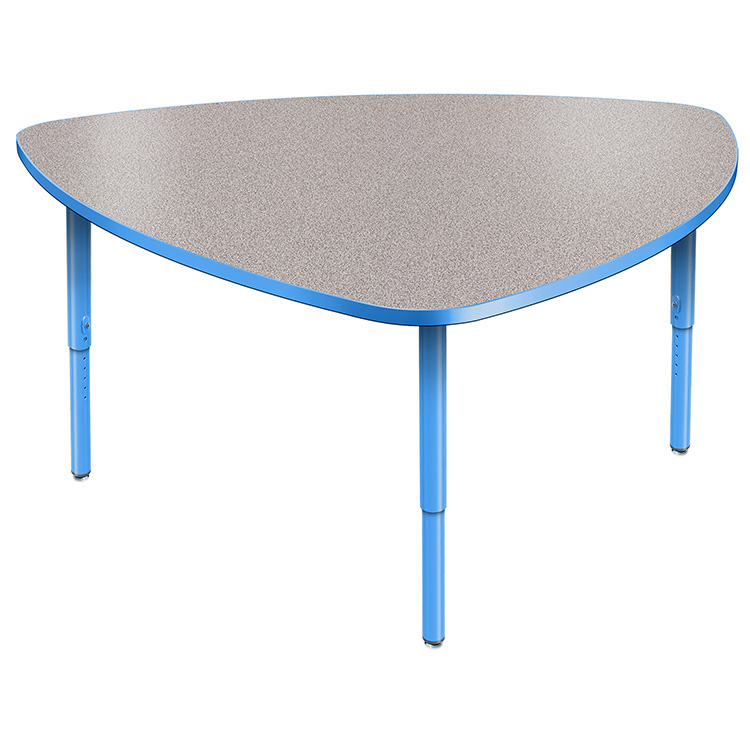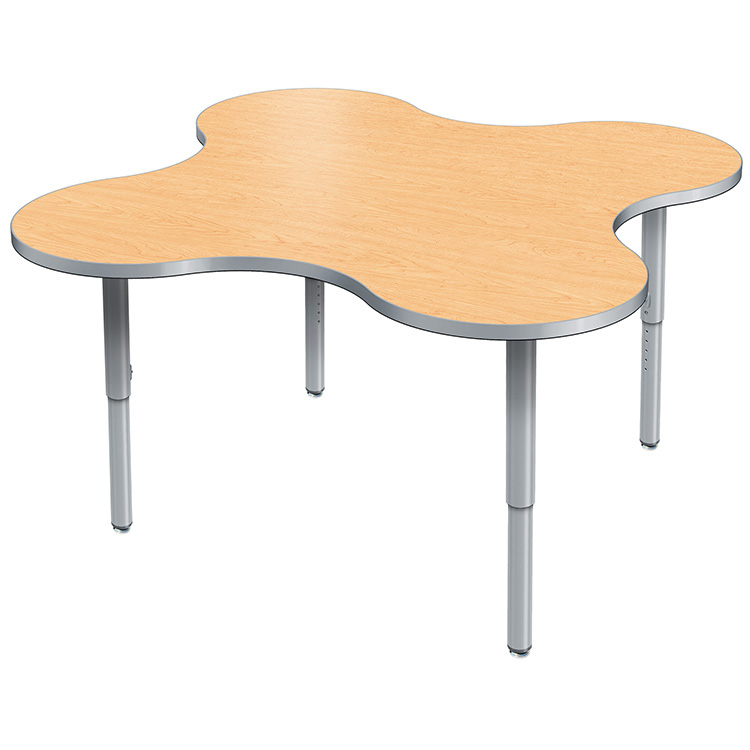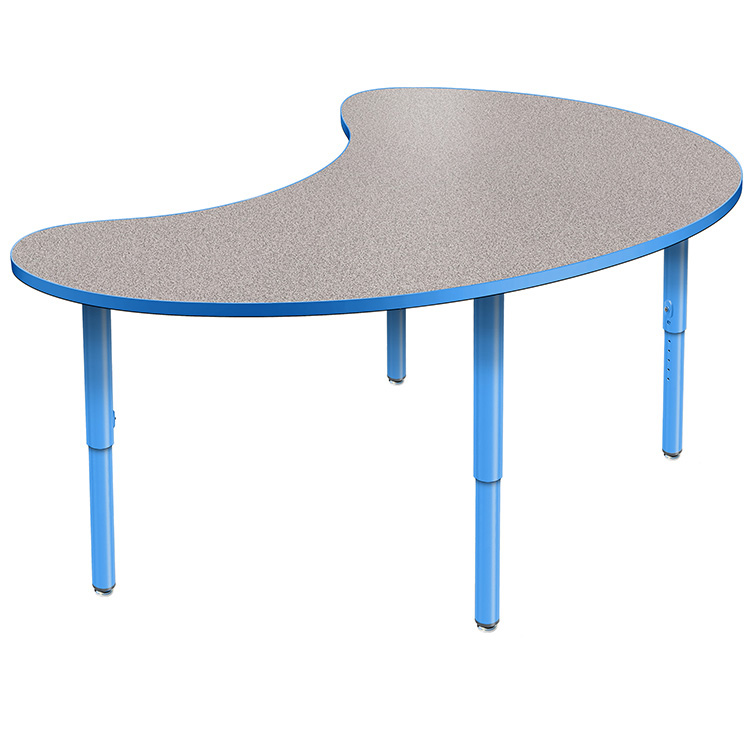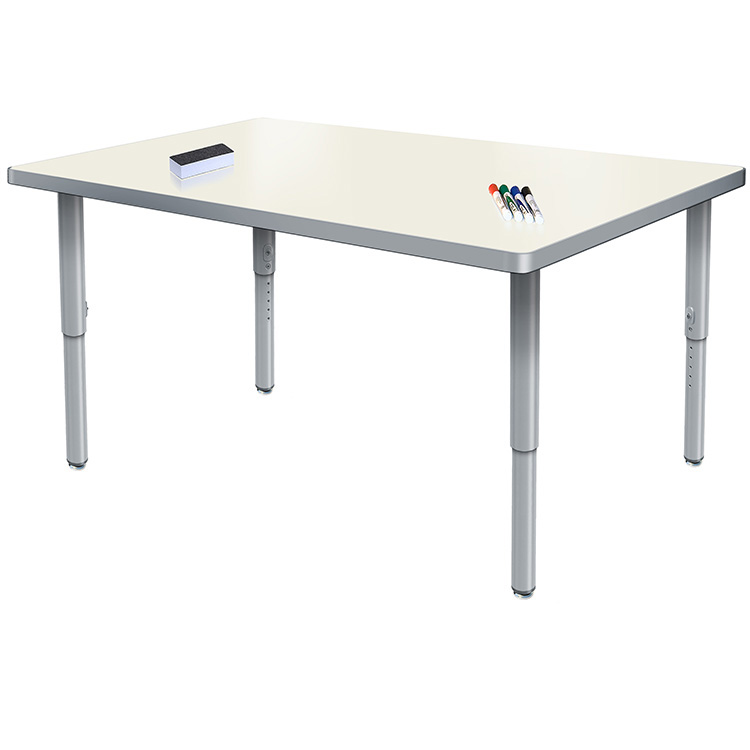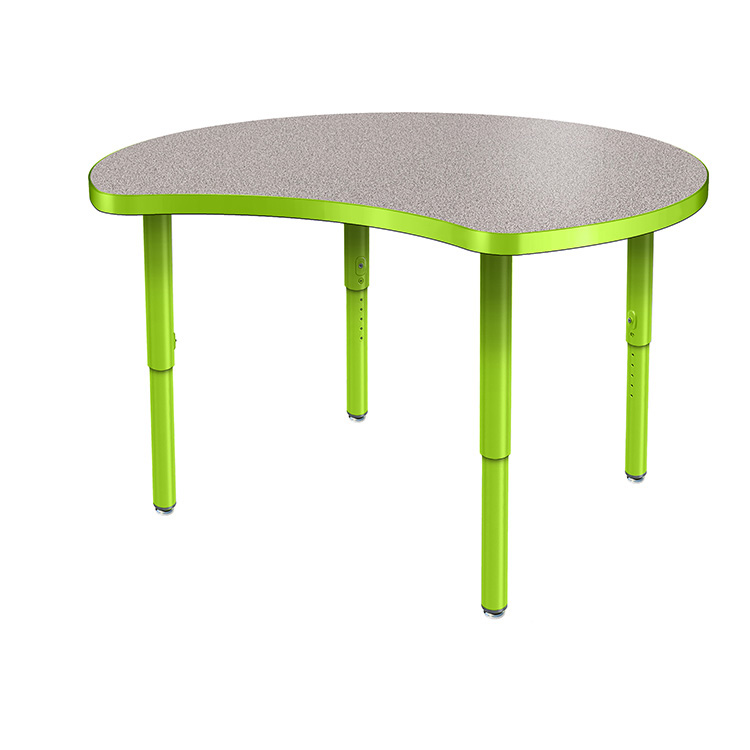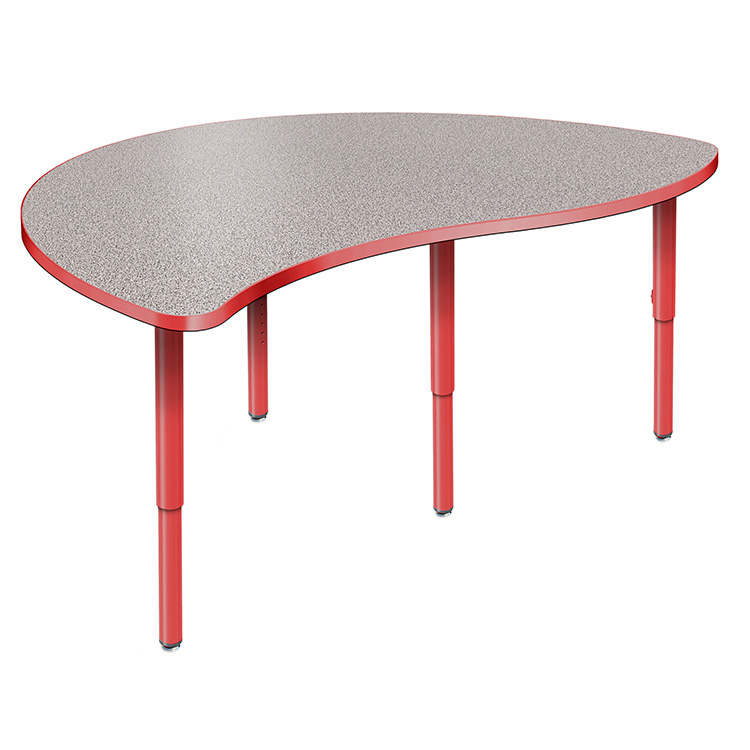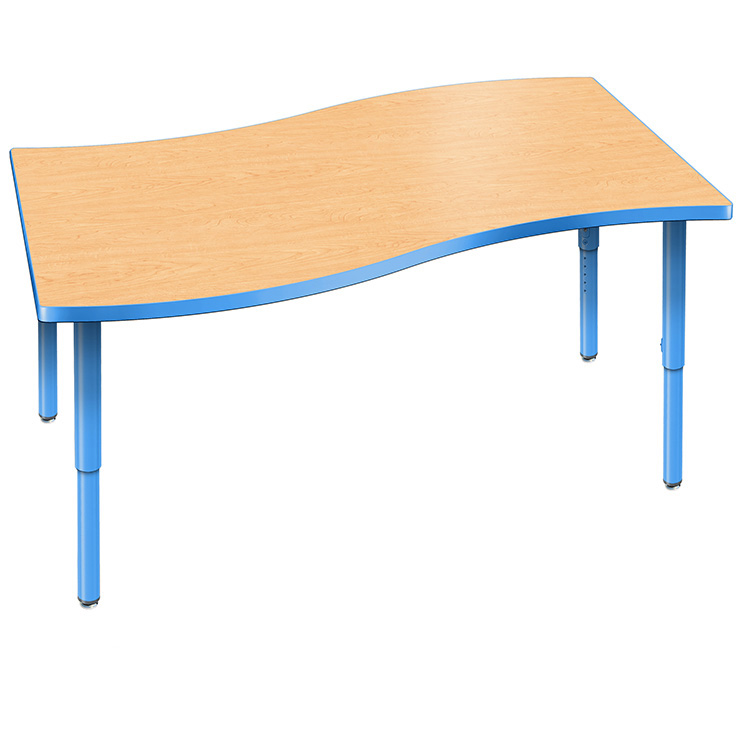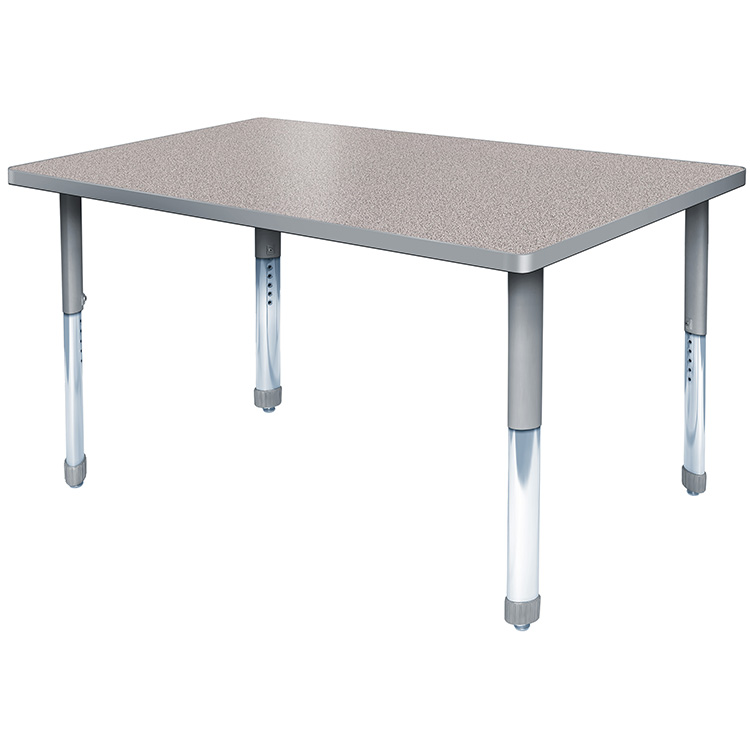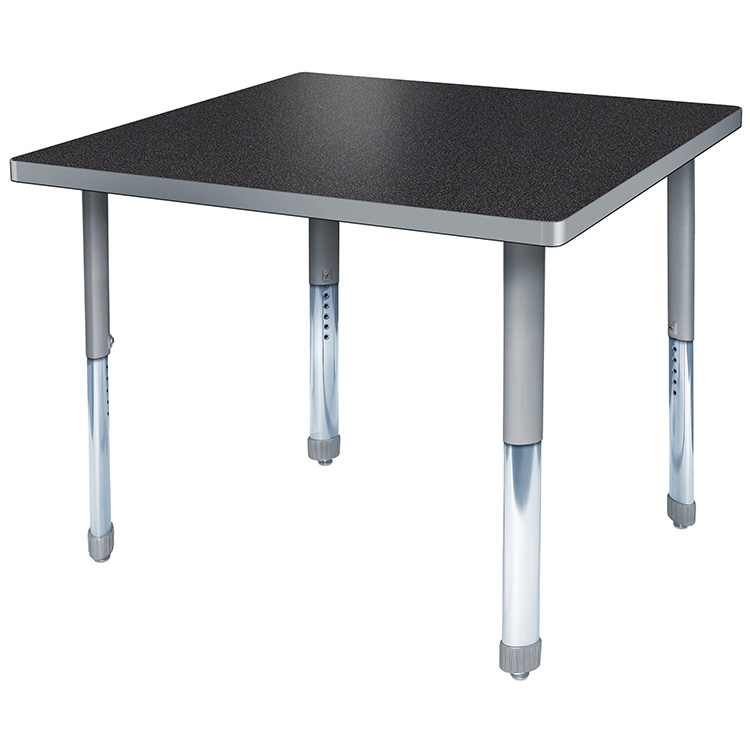ADA Compliant
By incorporating ADA compliant furniture, schools create an inclusive environment where students of all abilities can fully participate in educational activities. It promotes equal opportunities and eliminates barriers, allowing students with mobility challenges to access desks, tables, and seating arrangements without limitations.
 Browse Products By:
Browse Products By: 24x36 Rectangle
24x36 Rectangle 24x48 Rectangle
24x48 Rectangle 24x60 Rectangle
24x60 Rectangle 24x72 Rectangle
24x72 Rectangle 30x48 Rectangle
30x48 Rectangle 30x60 Rectangle
30x60 Rectangle 30x72 Rectangle
30x72 Rectangle 36" Circle
36" Circle 36" Square
36" Square 36x60 Rectangle
36x60 Rectangle 36x72 Rectangle
36x72 Rectangle 42" Circle
42" Circle 42" Square
42" Square 42x60 Rectangle
42x60 Rectangle 42x72 Rectangle
42x72 Rectangle 48" Circle
48" Circle 48" Square
48" Square 60" Circle
60" Circle Apex Table Lg
Apex Table Lg Apex Table Sm
Apex Table Sm Chip Table
Chip Table Jax Table Lg
Jax Table Lg Jax Table Sm
Jax Table Sm Lens Table Lg
Lens Table Lg Lens Table Sm
Lens Table Sm Merge Table Lg
Merge Table Lg Merge Table Sm
Merge Table Sm Oval Table Lg
Oval Table Lg Oval Table Sm
Oval Table Sm Span Table Lg
Span Table Lg Span Table Sm
Span Table Sm Surge Table Lg
Surge Table Lg Surge Table Sm
Surge Table Sm Sweep Table Lg
Sweep Table Lg Sweep Table Sm
Sweep Table Sm
Keep Studying About Our Recommendations for ADA Furniture for Schools:
Fostering Inclusion: A Deep Dive into ADA Furniture for Schools
Creating an accessible and inclusive learning environment is paramount for educational institutions. The Americans with Disabilities Act (ADA) establishes guidelines for ensuring equal opportunities for individuals with disabilities in various public spaces, including schools. ADA school furniture forms a crucial component of this commitment by providing functional and comfortable furnishings that cater to the diverse needs of students.
This comprehensive overview delves into the world of ADA furniture for schools, exploring its key features, benefits for disabled students, and the relevant accessibility standards.
Understanding the Scope of ADA Furniture
ADA furniture encompasses a range of classroom furnishings designed to accommodate students with physical, sensory, or cognitive disabilities. It goes beyond simply providing wheelchair accessibility and extends to creating a flexible and adaptable learning environment for all.
Benefits of ADA Furniture for Students with Disabilities.
The incorporation of ADA furniture in schools yields a multitude of benefits for students with disabilities, fostering a more inclusive and supportive learning environment. Let's explore some key advantages:
- Enhanced Accessibility: ADA furniture ensures that all students, regardless of physical limitations, can comfortably access their workspace, participate in classroom activities, and utilize classroom resources. This includes desks with appropriate knee clearance for wheelchairs, transfer chairs facilitating movement, and adjustable-height surfaces promoting independence.
- Improved Comfort and Focus: Ergonomically designed chairs (if applicable) with proper back and lumbar support encourage good posture, minimizing strain and fatigue for students with physical limitations. Adjustable desks allow students to find a comfortable working position, promoting focus and concentration.
- Increased Participation and Engagement: ADA furniture empowers students with disabilities to actively participate in classroom activities. Accessible desks, chairs, and tables enable them to engage fully in lessons, discussions, and group work, fostering a sense of belonging and academic success.
- Reduced Physical Barriers: Mobile tables and adjustable-height furniture promote a flexible learning space. This allows for easy maneuvering of wheelchairs and rearrangement to accommodate individual needs, minimizing physical barriers and promoting inclusivity.
- Boosted Confidence and Self-Esteem: By enabling active participation and independent learning, ADA furniture contributes to a more positive learning experience for students with disabilities. This fosters increased confidence, self-esteem, and a sense of empowerment in the classroom environment.
Beyond Compliance: Creating a Truly Inclusive Learning Space
While adhering to ADA standards is crucial, schools should strive to go beyond mere compliance and create truly inclusive learning environments. This involves fostering a culture of acceptance and understanding, along with providing ongoing support and resources for students with disabilities. Here are some additional considerations:
- Teacher Training: Equipping teachers with strategies and techniques to effectively support students with diverse needs is essential.
- Universal Design for Learning (UDL): Implementing UDL principles involves creating flexible learning environments that cater to various learning styles and abilities. This fosters inclusivity for all students, not just those with disabilities.
- Collaboration with Parents and Caregivers: Maintaining open communication and collaboration with parents and caregivers is vital. Working together ensures students receive the necessary support both in school and at home.
By incorporating ADA school furniture, adhering to accessibility standards, and fostering an inclusive learning environment, schools can create a space where all students, regardless of ability, can thrive and reach their full potential.
Key ADA Standards for School Furniture
The ADA establishes specific guidelines for accessible design in public spaces, including schools. These standards aim to ensure usability and functionality for individuals with disabilities. Let's delve into some key figures and standards relevant to school furniture:
- Height Requirements:
- Desks with accessible knee space: The desk height should fall between 28 and 34 inches, with a knee clearance of at least 24 inches underneath. This allows for comfortable accommodation of students in wheelchairs.
- Chairs: The seat height (if applicable) should be between 17 and 19 inches to ensure proper leg support for students using wheelchairs.
- Consider Clear Floor Space: Classrooms and learning spaces should also provide clear floor space for maneuvering wheelchairs. An accessible route should have a minimum width of 36 inches, while turning spaces require a minimum diameter or clear width of 60 inches.
- Accessible Work Surfaces: A good rule of thumb is that at least 5% of tables or desks in a classroom should be accessible for students using wheelchairs. These tables should comply with the aforementioned height and knee clearance requirements.
- Visual Contrast: ADA standards emphasize the use of high-contrast colors for certain elements. This includes clear differentiation between walls, doors, and flooring to aid students with visual impairments in navigating the classroom environment.
- Tactile Warnings: Tactile warnings, such as raised bumps or textured surfaces, can be strategically placed on floors or doorways to alert visually impaired students of potential hazards or transitions in the space
It's important to note that these are some of the key standards, and ADA regulations encompass a broader spectrum of accessibility guidelines. Consulting the official ADA Standards for Accessible Design (https://www.justice.gov/opa/pr/justice-department-s-2010-ada-standards-accessible-design-go-effect) is recommended for a comprehensive understanding.
ADA furniture plays a vital role in ensuring equal access to education for students with disabilities. By understanding the benefits of ADA furniture, relevant accessibility standards, and additional strategies for creating inclusivity, schools can cultivate a learning environment that empowers all students to succeed.

